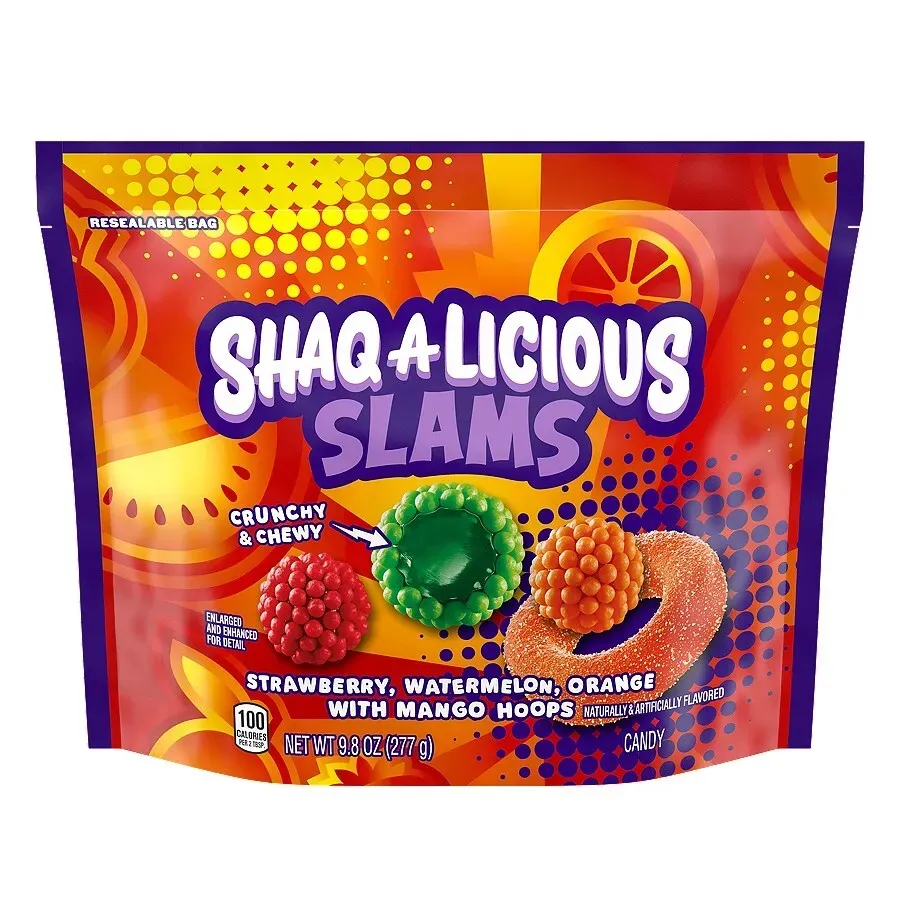JACKSONVILLE, Fla. — Supermarket operators have sold nonfood products for decades, but they still aren’t getting their fair share of the business. Despite the frequent trips that shoppers make to the grocery store, the channel only accounts for 8% of volume in the health and beauty care, household products and general merchandise categories, according to Tom Duffy, senior advisor for nonfoods community development at FMI – The Food Industry Association.
Duffy, who spoke during a recent webinar sponsored by FMI and the Acosta Group, talked about how the association is working to lay the groundwork for grocers to become a destination for nonfoods. “It’s having the open, honest conversation with all the players in a collaborative environment, and then taking that opportunity and bringing it to life,” he explained, alluding to a forum involving retailers and nonfoods suppliers at FMI’s headquarters, a session that will be reconvened this May. “We worked against nonfoods opportunities, understood what the opportunities were but also the challenges. We took that process apart, looked for efficiencies and put it back together in a way that maybe made more sense to drive real, tangible growth today — not tomorrow, not with big capital expenditures — and how can we make a difference.”
The webinar was intended to further that dialogue. Moderated by Shannon Hodock, senior vice president of client development for HBC and GM at Acosta, the presentation included insights from the company and commentary from industry participants. “As Acosta works with FMI to continue to find opportunities in the HBC and nonfood space, on behalf of our clients and our customers, we’ve used our proprietary community of 40,000 shoppers to dive deep into these trends,” she said.
The research showed that while price increases in the overall grocery channel are impacting volume, most nonfoods product segments are outperforming the rest of the store. Food sales declined 2% in units during the most recent 13 weeks and edged up 0.2% in dollars. Nonfoods experienced a 1.8% decrease by the former measure but generated a 0.7% increase by the latter. HBC, pet care, household products and baby care all posted dollar sales gains of at least 2.3%.
As a result, 90% of retail executives have made it a priority to drive more unit volume. “We’ve really been listening to our clients through an end-of-year survey that we did with a hundred different retailers to talk to them about what keeps them up at night,” said Jim Sleightholm, Acosta’s vice president of client insights for HBC and GM. “It really validates the focus on unit growth and where retailers are going to be putting their efforts against. And when we tallied up all the results, there were three strategies that came out on top — increasing promotions, prioritizing value messaging, and expanding private label offerings and the space dedicated to them.”
The panelists — who also included Scott Dingwall, vice president of sales at Edgewell Personal Care; Katie Graham, vice president of merchandising at Associated Wholesale Group; and Geoff Tanner, chief executive officer at Simply Good Foods — concurred that what Hodock described as a holistic, omnichannel approach is needed to generate sales gains and elevate supermarkets’ standing in the nonfoods arena.
“From our perspective, it’s really a question of aligning strategically on a plan for retail with our suppliers,” Graham said. “We have to think differently about where we came from to where we are now, as people are shifting what they look at for value.
“We also have to strategically target the unit opportunity. What are those units that we need to move? What is the strategic plan that we need to lay out going forward? How do we connect with the consumers? Having a very complete strategy with our vendor partners and the retailers, on getting product into the store and implementing not only on the shelf but from a promotional standpoint, where we’re seeing a lot more digital promotions.
“So, it’s a little different strategy. It’s really looking at how do we pull all the different pieces together from a procurement standpoint, from getting it to the store, store shelf execution, and then also that promotional planning.”







